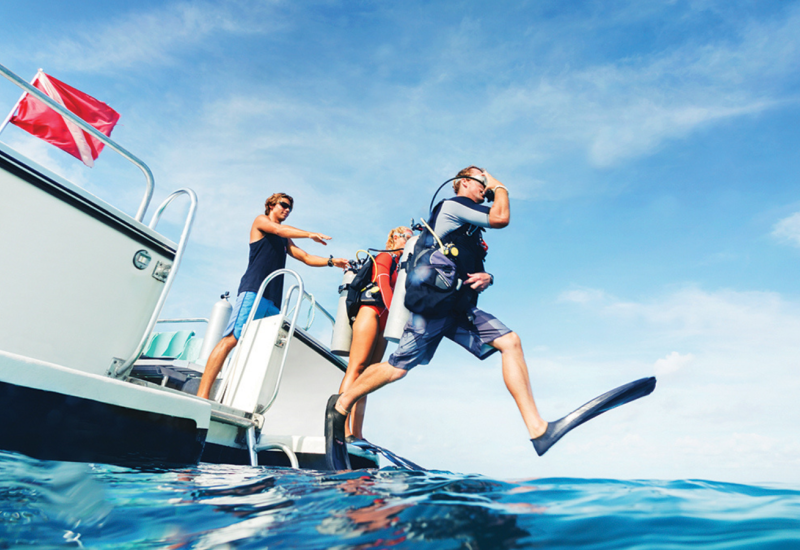Understanding Drysuit Valve Flow Rates
In previous ScubaLab drysuit tests, we included test results for Valve Flow Rate (the ability of the exhaust valve to flow more air out of the suit than the inlet valve can put in). This is obviously a safety issue, but also one of simple functionality. However, recent ScubaLab testing has shown a drysuit valve’s flow rate is impacted by several variables: It appears that the flow rate of any given valve may vary considerably based on undergarment, fit of suit, placement/location of the valve and even the weight of the diver. Essentially, any two divers may find widely differing results. Indeed, the same diver may experience different results with different undergarments. Of course, it is still critical that manufacturers provide valves that exhaust more gas than the inlet valve puts in, but to ensure safety, divers should wear drysuits that fit and wear undergarments that do not trap air. Our recommendation: While wearing your normal undergarments, get in the water with a drysuit before purchasing. You should be able to kneel in a vertical position, raise the exhaust valve arm so it is above the inlet, and then press and hold the drysuit inflator button for 15 seconds or so, while breathing normally. You should not notice any positive buoyancy.
In previous ScubaLab drysuit tests, we included test results for Valve Flow Rate (the ability of the exhaust valve to flow more air out of the suit than the inlet valve can put in). This is obviously a safety issue, but also one of simple functionality. However, recent ScubaLab testing has shown a drysuit valve’s flow rate is impacted by several variables: It appears that the flow rate of any given valve may vary considerably based on undergarment, fit of suit, placement/location of the valve and even the weight of the diver. Essentially, any two divers may find widely differing results. Indeed, the same diver may experience different results with different undergarments. Of course, it is still critical that manufacturers provide valves that exhaust more gas than the inlet valve puts in, but to ensure safety, divers should wear drysuits that fit and wear undergarments that do not trap air. Our recommendation: While wearing your normal undergarments, get in the water with a drysuit before purchasing. You should be able to kneel in a vertical position, raise the exhaust valve arm so it is above the inlet, and then press and hold the drysuit inflator button for 15 seconds or so, while breathing normally. You should not notice any positive buoyancy.










